Summary
- Batman: Arkham Asylum offers forgiving stealth gameplay with creative tools and no instant fail states.
- Styx: Master Of Shadows provides slow-paced, methodical stealth gameplay with a forgiving AI for beginners.
- A Plague Tale: Innocence offers a narrative-driven stealth experience, teaching survival instinct stealth mechanics gradually.
Stealth games have a reputation. The kind where one wrong move sends everything spiraling into chaos with alarms blaring and guards suddenly developing superhuman accuracy. But not every stealth game starts players off like they’ve been training with Solid Snake since birth. Some are more forgiving, more accessible, and actually fun for beginners.
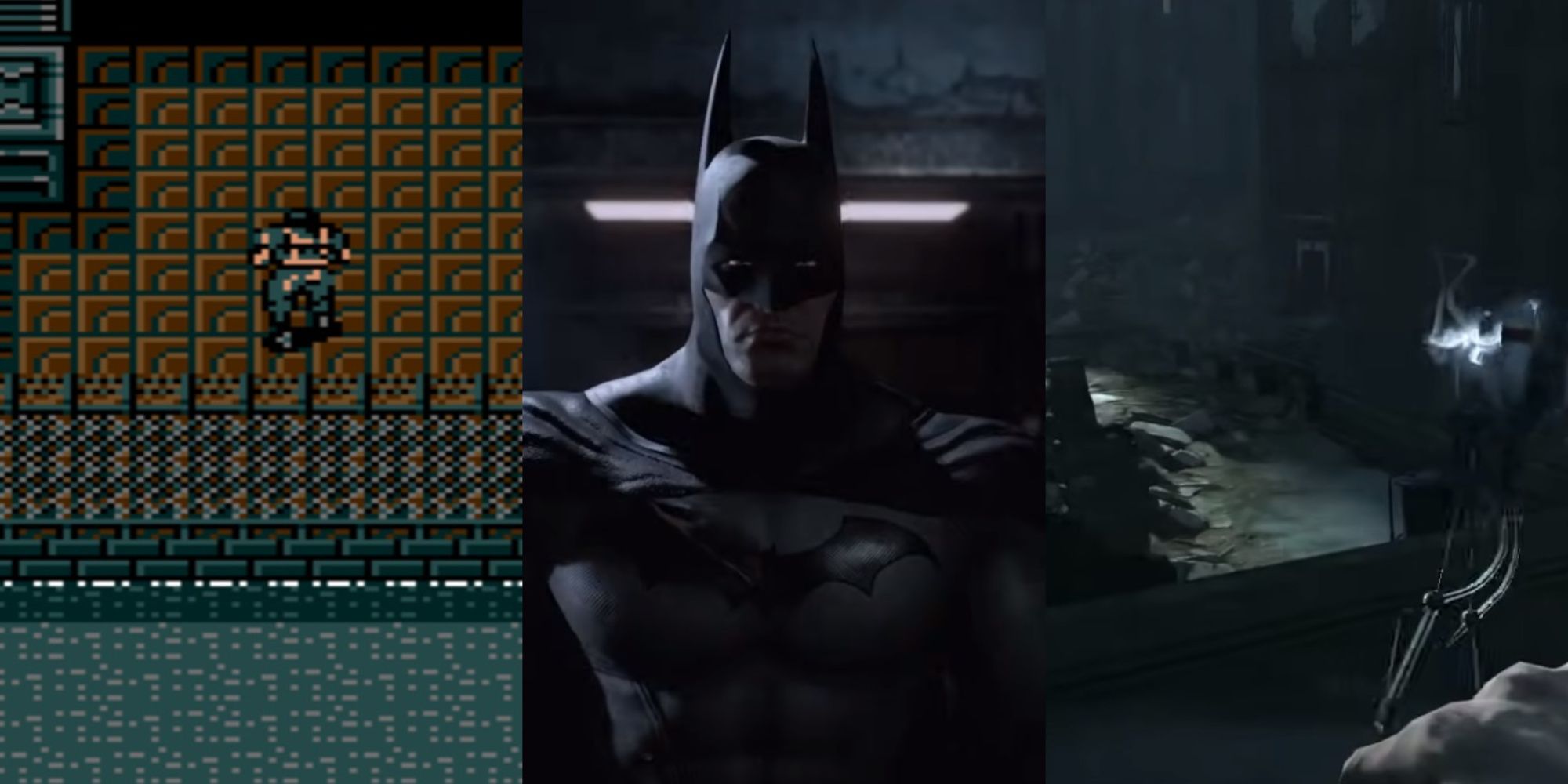
Related
8 Stealth Games That Were Ahead Of Their Time
The stealth genre has produced some truly outstanding games, many of which were ahead of their time and helped elevate the entire gaming industry.
Whether it’s soft introductions to stealth mechanics, forgiving AI, or gameplay that allows room for trial and error, each entry here strikes a balance between tension and teachability. Some of these games blend stealth into other genres, others live and breathe shadows, but all of them are solid entry points for anyone looking to sneak their way into the world of stealth gaming.
10
Batman: Arkham Asylum
Even The Dark Knight Starts Somewhere
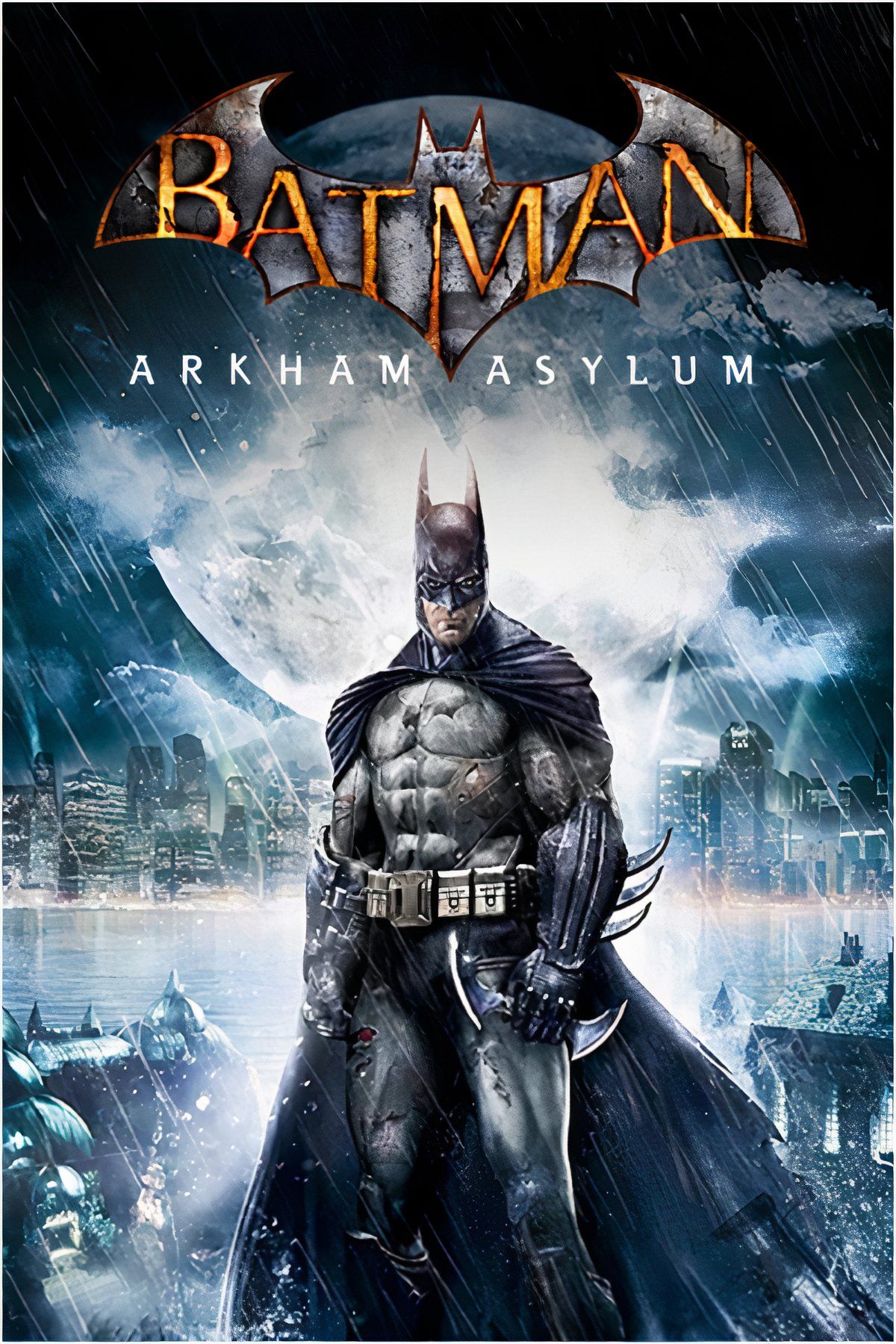
- Released
-
August 25, 2009
- ESRB
-
T for Teen: Alcohol and Tobacco Reference, Blood, Mild Language, Suggestive Themes, Violence
There’s a reason why Batman: Arkham Asylum shows up in stealth conversations even though it’s mostly about throwing hands. The game doesn’t force players to play stealthily, but when the predator sections kick in—those tight sequences where Batman drops into rooms full of armed thugs—stealth becomes the smartest move. And the best part is, it’s forgiving.
Enemies spook easily, their AI isn’t too sharp, and players get a full toolset that practically begs to be experimented with. Gargoyle takedowns, inverted traps, explosive gel setups—it’s stealth, but stylized. Beginners don’t have to worry about strict detection meters or instant fail states. Instead, the game rewards creative, non-lethal play while still letting players drop in and punch someone if things go sideways.
The game also introduces stealth concepts in short bursts rather than overwhelming players with them from the start. It’s an ideal entry point for anyone who wants to feel clever in their execution of stealth without stressing over perfection.
9
Styx: Master Of Shadows
Where Shadows Are Home, And You’re Just Visiting
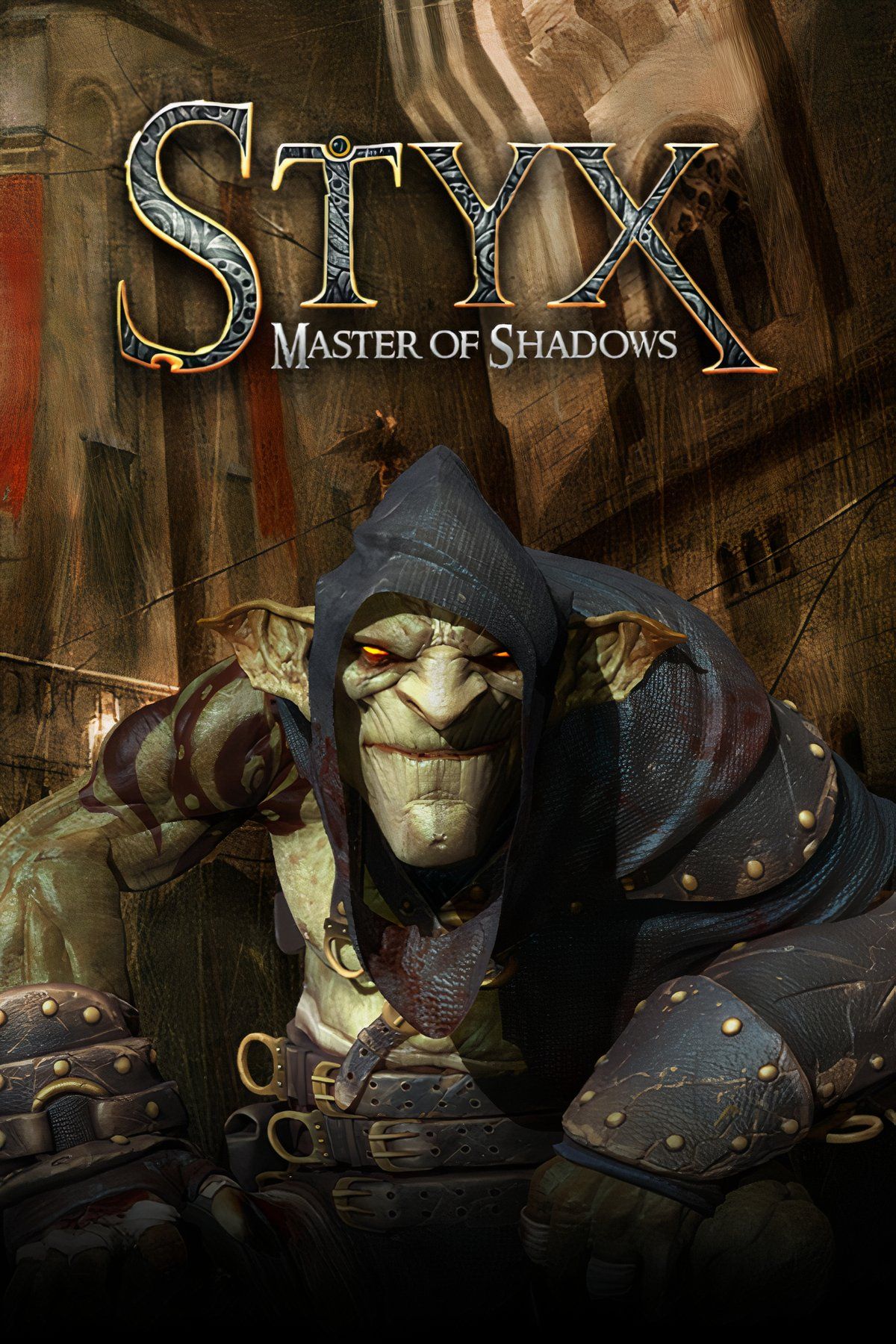
- Released
-
October 7, 2014
- ESRB
-
Mature 17+ // Violence, Blood and Gore, Strong Language
Styx: Master of Shadows doesn’t bother sugarcoating things—this is pure stealth, nothing else. But surprisingly, it’s still accessible for beginners, mostly because it’s honest about its expectations. Players aren’t encouraged to fight. They’re a sneaky little goblin in a giant world filled with armored guards that will absolutely destroy them in open combat.
What makes this work for newcomers is how methodical the pacing is. The level design is vertical and sprawling, filled with crawlspaces, chandeliers, vents, and shadowy corners. The AI isn’t punishingly aggressive, and detection isn’t an instant death sentence. There’s time to recover, hide again, or rethink an approach.
Styx can clone himself, turn invisible for a few seconds, and use his environment in ways that make players feel resourceful even when their plan goes sideways. There’s a learning curve, yes, but it’s the kind that encourages slow thinking rather than reflex-based panic.
8
A Plague Tale: Innocence
When Rats Teach The Art Of Silence
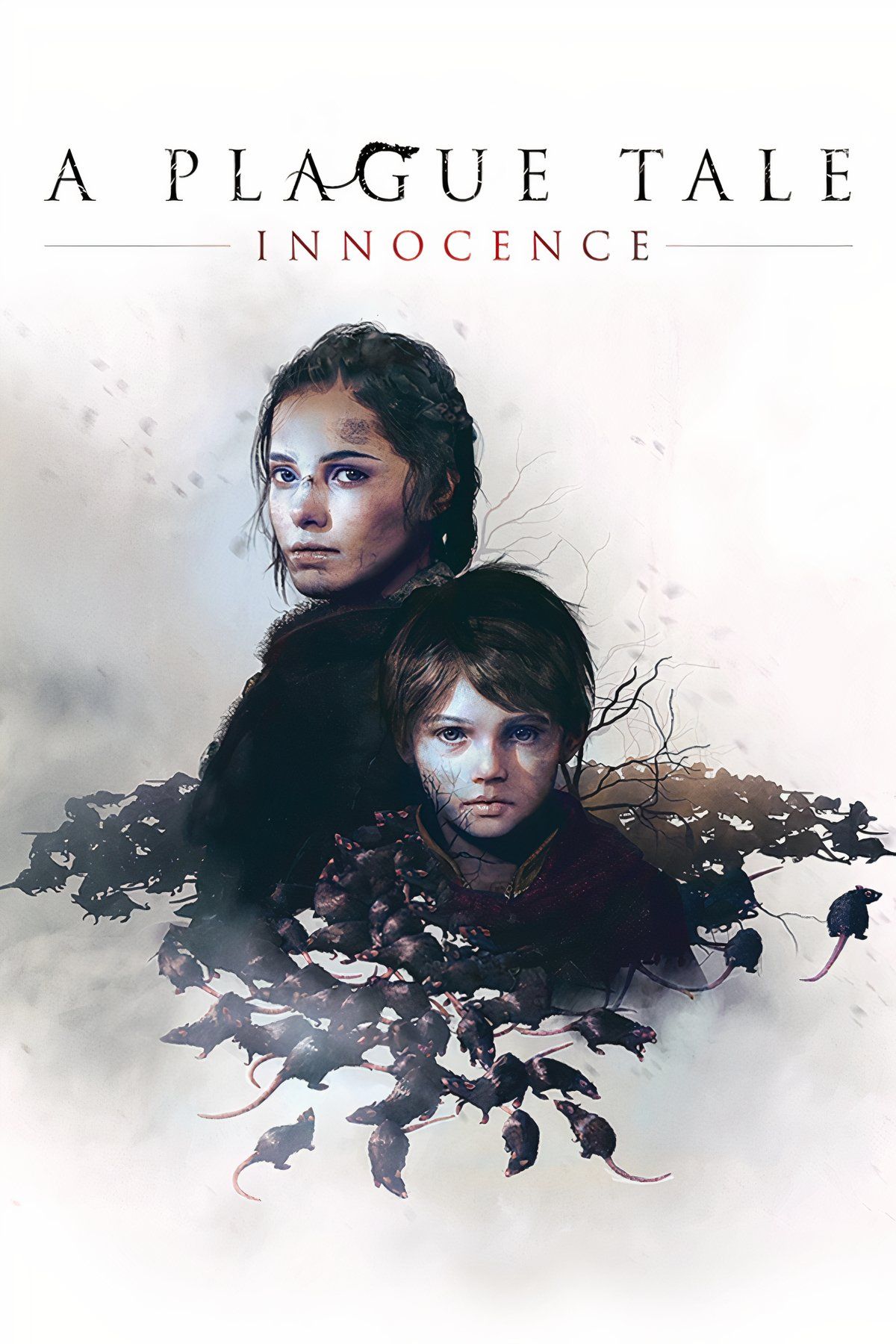
- Released
-
May 14, 2019
- ESRB
-
M For Mature 17+ due to Blood and Gore, Strong Language, Violence
Stealth in A Plague Tale: Innocence is less about being a professional assassin and more about being a terrified teenager with no other choice but to be sneaky. That’s exactly what makes it a great starting point for stealth newcomers. Amicia and Hugo aren’t warriors, they’re just trying to survive in a world where armored soldiers and plague-ridden rats are equally lethal.
Encounters are heavily scripted but designed in a way that teaches players how stealth works without over-complicating things. Light, sound, and distraction mechanics are all introduced gradually, and because combat isn’t a real option, players naturally adapt to sneaking. They’ll resort to throwing rocks to distract enemies, using alchemy-based tools, and learning timing and movement. It’s a narrative-driven experience where stealth feels like a survival instinct, and that makes the genre feel far less intimidating.
7
Gunpoint
No Capes, No Guns, Just Clever Pants
Gunpoint might look like a pixelated puzzle platformer, but underneath its retro aesthetic is one of the smartest stealth systems in the genre. Players are freelance spies-slash-hackers who jump between buildings, rewire security systems, and knock out unsuspecting guards with one well-timed leap through a window.
The beauty lies in how approachable it all is. There’s no complex inventory, no elaborate detection mechanics—just logic, planning, and a bit of trial-and-error, and the game encourages that. Mess up a jump? Reload instantly. Trigger an alarm? Try another path.
It’s short, witty, and teaches core stealth mechanics in a way that feels playful rather than punishing. Players start thinking like a stealth gamer without realizing it, and by the end, they’re rewiring light switches to lock doors and feeling like geniuses for doing it.
6
Mark Of The Ninja
Every Shadow Is A Canvas

- Released
-
September 7, 2012
- ESRB
-
m
For anyone who’s never touched a stealth game, Mark of the Ninja might be the best possible place to start. It takes everything that usually makes stealth intimidating—like enemy vision cones, noise levels, and hiding bodies—and turns it into a side-scrolling platformer where everything is clearly communicated through visual cues.
Players play as a ninja, yes, but not in an overpowered, action-heavy way. Movement is tight, deliberate, and surgical. What sets it apart is how clearly it explains its own rules. Every sound players make is displayed in a radius. Every light source shows exactly how much visibility it provides. Stealth here is more like a puzzle with visible pieces.
Plus, unlike many stealth titles, failure isn’t brutally punished. Most encounters have multiple solutions, and players have the option to play aggressively or ghost through entirely unseen. It’s educational without being preachy and empowering without being overwhelming.
5
Hitman
Where Stealth Is The Entire Game

Stealth
Third-Person Shooter
- Released
-
March 11, 2016
- ESRB
-
m
There’s a reason Hitman has been a staple of stealth games for over two decades, but what makes Hitman (particularly the World of Assassination trilogy) beginner-friendly is how it lets players fail upwards. Every assassination mission is a sandbox. Even if stealth goes completely wrong, players can improvise, adapt, or just change outfits and blend in again.
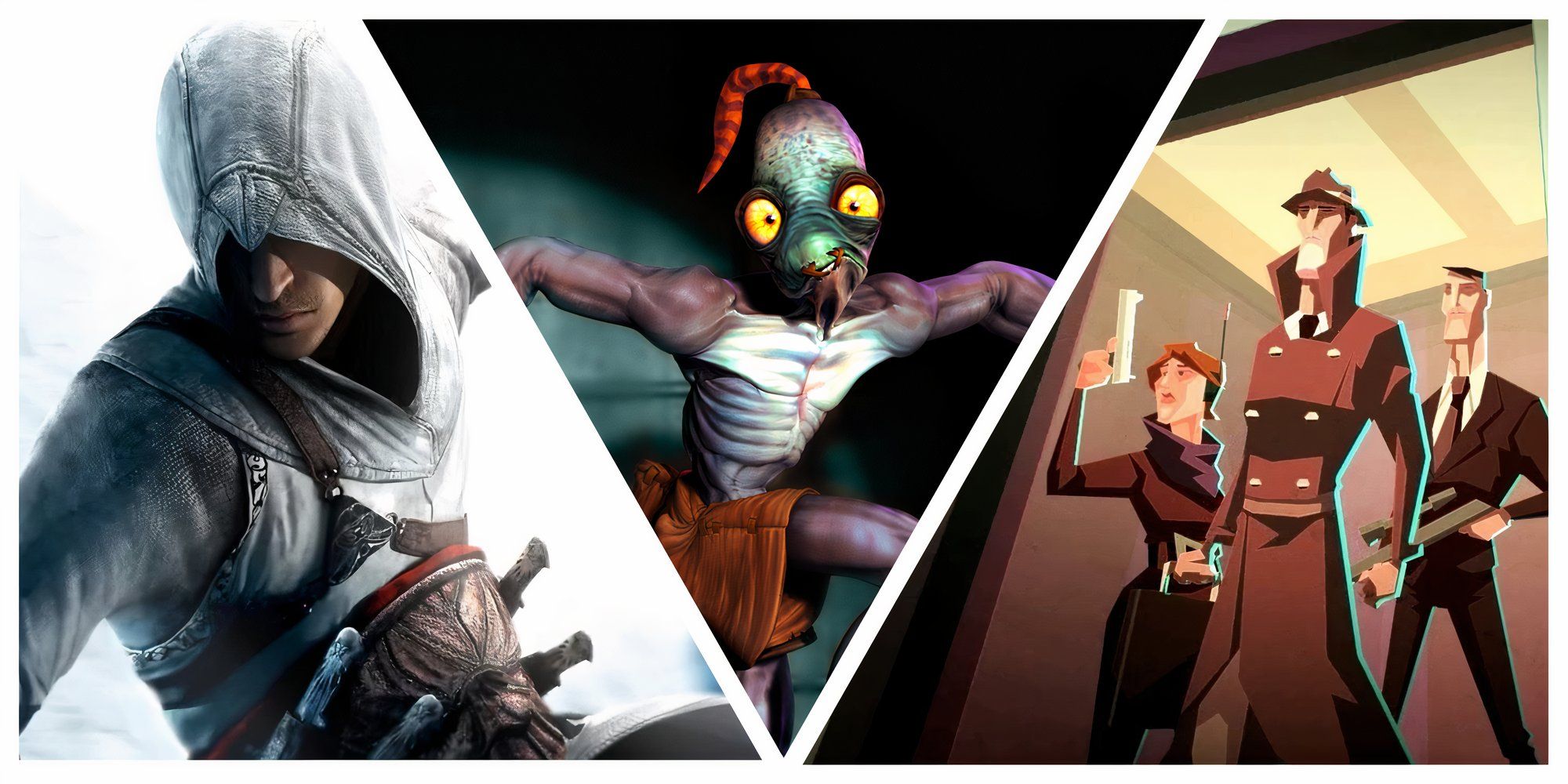
Related
6 Most Innovative Stealth Games
From crouch-walking to tall-grass-stalking, sneaking can often feel a little samey, but stealth games like Deus Ex and Invisible, Inc. break the mold.
Nothing ever feels like a hard fail state. Mistakes are part of the loop. Players learn by doing, and the game encourages experimentation through mission stories, intel, and environmental storytelling.
Disguises, poisonings, “accidents,” silent takedowns—there’s no single way to play. Players who are just starting out with stealth don’t have to be perfect. They just have to pay attention, and in a game where creativity is rewarded more than speed, that makes all the difference.
4
Assassin’s Creed 2
When Hiding In Haystacks Becomes A Lifestyle

- Released
-
November 7, 2009
- ESRB
-
M for Mature: Blood, Intense Violence, Sexual Content, Strong Language
Ezio Auditore isn’t exactly the poster boy for quiet subtlety, but Assassin’s Creed 2 still deserves a spot here. Stealth in this game is less about crawling through shadows and more about blending into crowds, tailing targets, and using the environment to stay unnoticed.
3:38
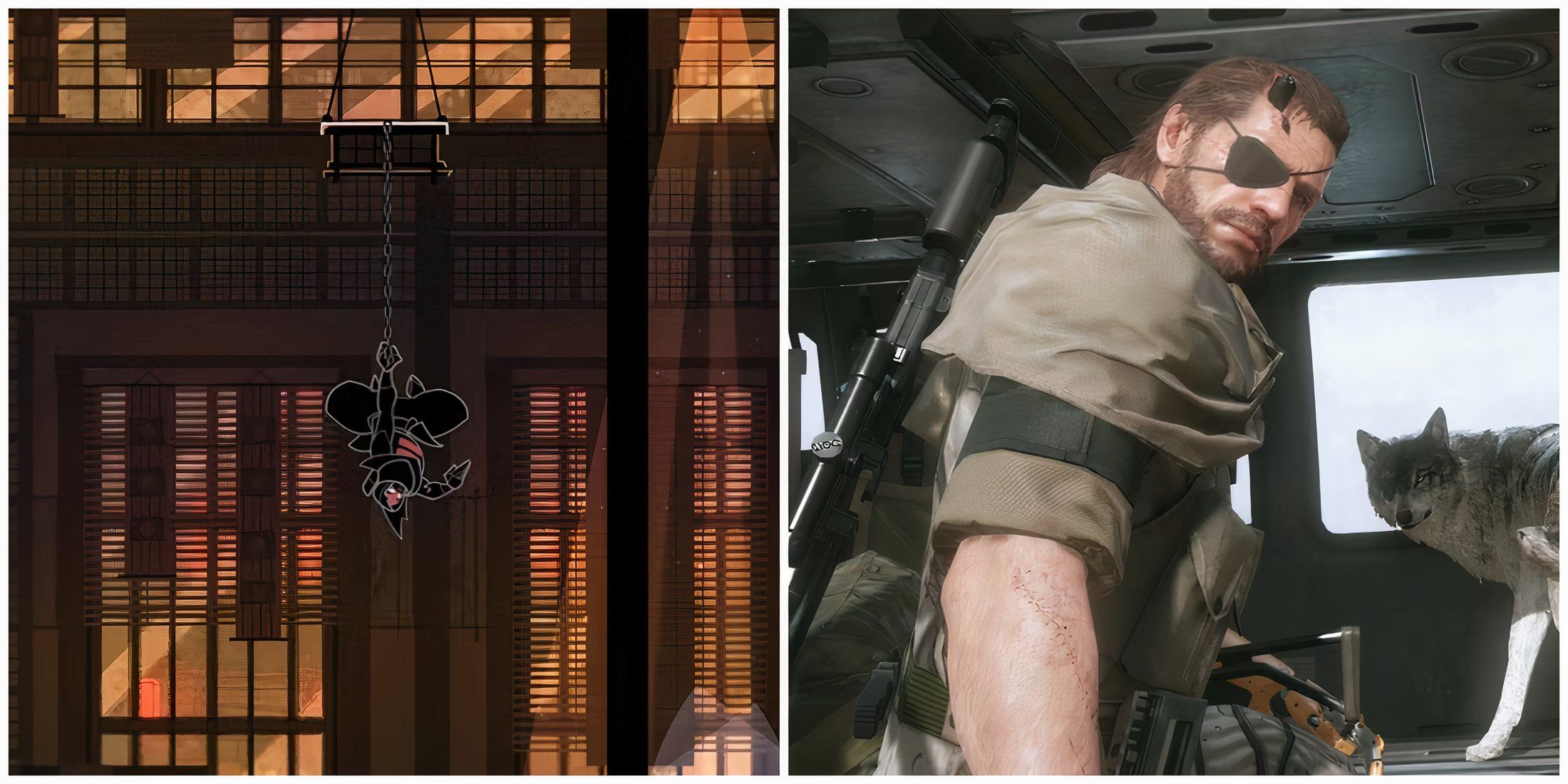
Related
7 Games That Reward Stealth Over Combat
For players looking to take a route of almost exclusively stealth with combat avoided, here are some of the best games that reward discretion.
For beginners, that’s a much softer introduction to stealth. Social stealth, especially, is more approachable than traditional shadow-based systems. Players get used to timing, positioning, and learning NPC behavior without being punished for every mistake.
The game also provides tools that simplify stealth—throwing knives, smoke bombs, rooftop routes—and missions that gradually introduce more nuanced stealth mechanics. It’s a gateway drug to more intense stealth systems, wrapped in a charismatic Renaissance revenge story.
3
The Last Of Us
When Silence Hits Harder Than Gunfire
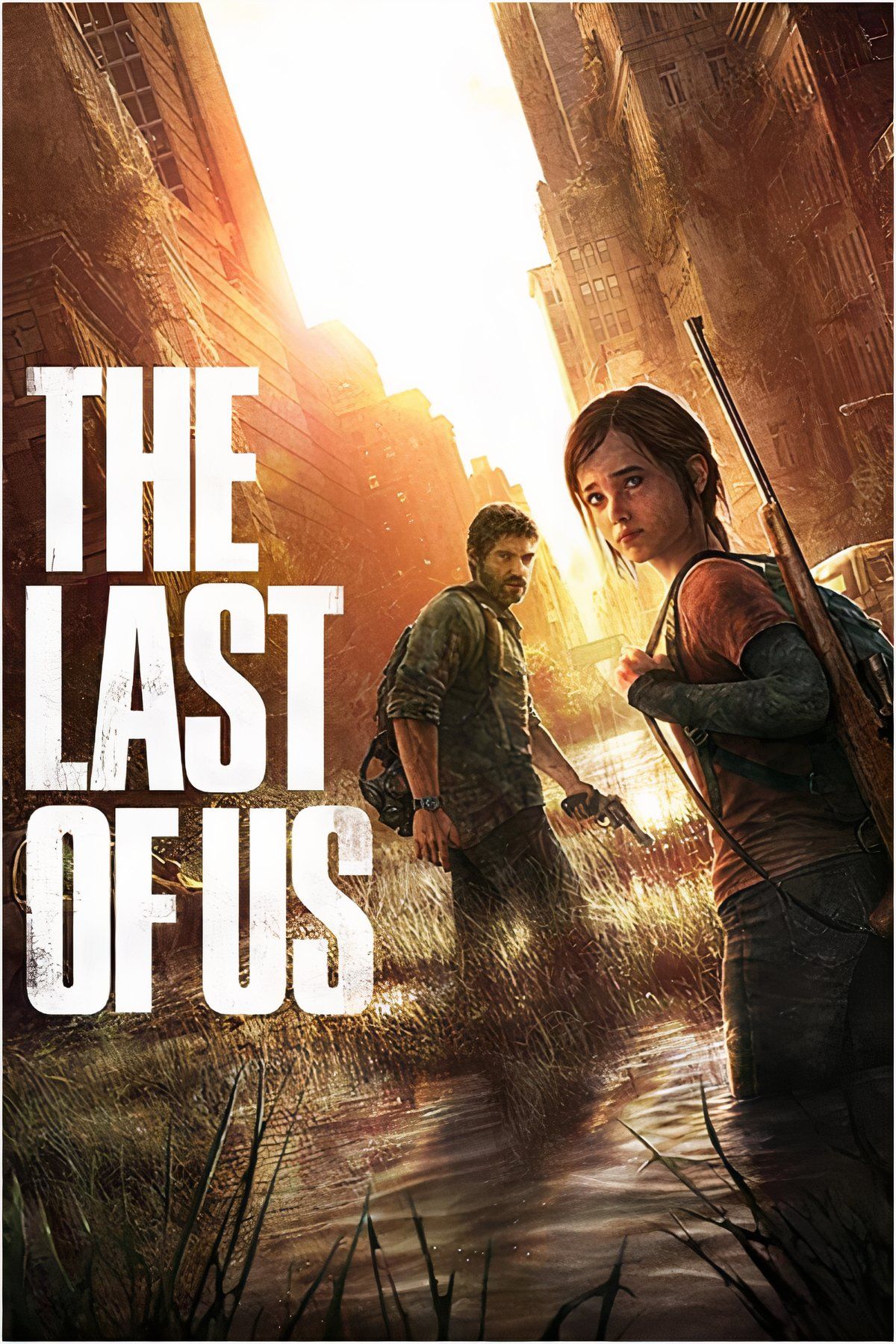
Beginners should absolutely play The Last of Us on Easy difficulty, as stealth here isn’t optional—it’s survival. Ammunition is scarce, enemies are brutal, and stealth takedowns are often the only way to avoid an all-out brawl. However, that scarcity is also what makes it such a good teacher for new stealth players.
Every encounter is a lesson in spacing, movement, and timing. Clickers can’t see but react to sound, so players learn to walk slowly. Runners can see but are easier to distract, so the answer is to throw bricks, use bottles, and craft silencers for guns—it all becomes second nature after a few hours.
The AI doesn’t cheat. It’s consistent, and that’s why beginners can adjust to it well. Plus, it’s a stealth system tied directly to the tension of the world. Every successful takedown feels earned, not handed over.
2
Dishonored
Magic, Masks, And Murder Without A Trace
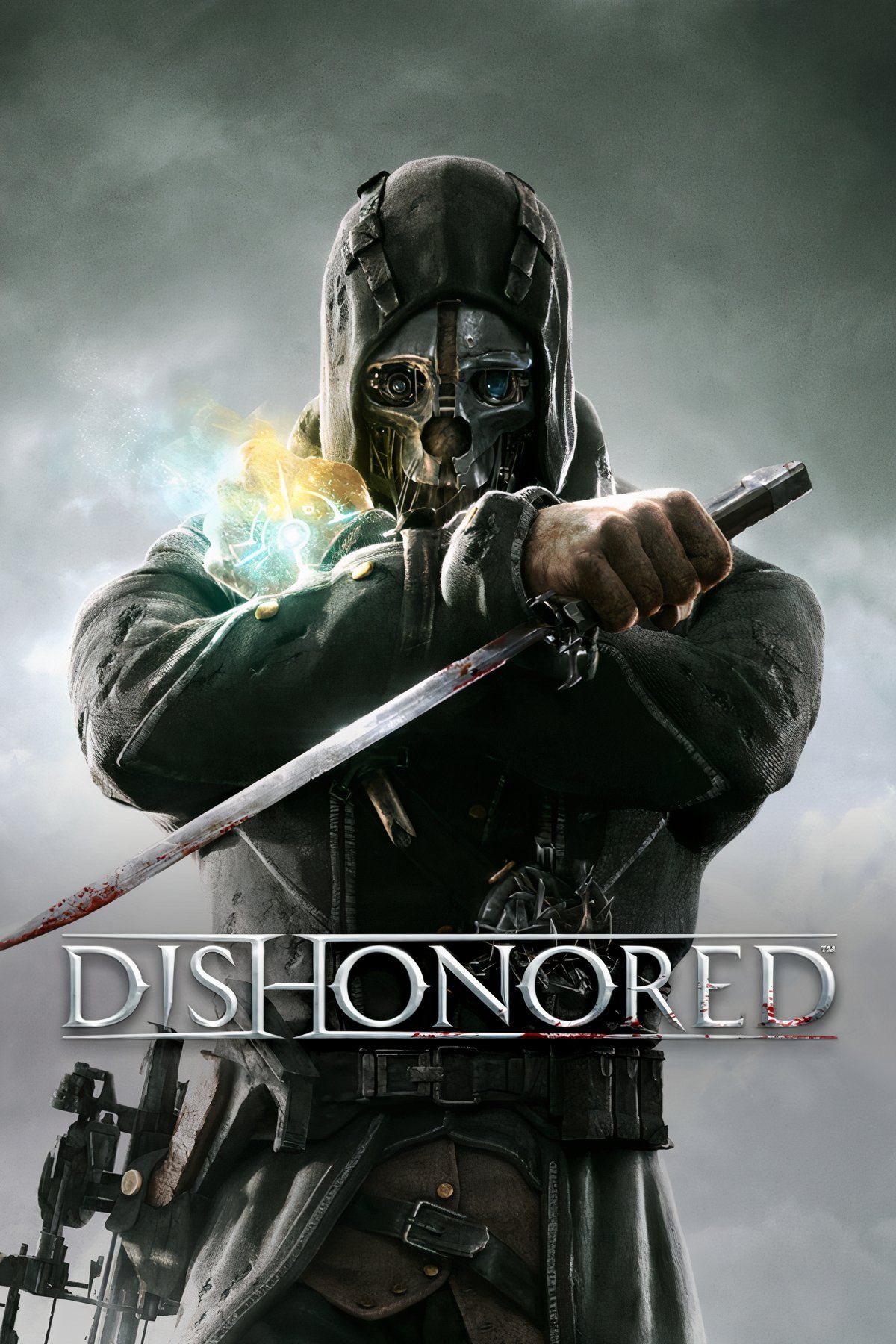
- Released
-
October 9, 2012
- ESRB
-
M For Mature 17+ Due To Blood and Gore, Intense Violence, Sexual Themes, Strong Language
Few games make stealth feel as stylish as Dishonored does. Corvo’s arsenal of supernatural tools—from Blink teleportation to time-stopping powers—gives players a freedom that most stealth titles don’t offer, and that’s precisely why it works for beginners.
Rather than punishing mistakes, Dishonored gives players the tools to correct them. Spotted by a guard? Blink away. Cornered? Possess a rat and disappear into a vent. The chaos system does track player behavior, but it never forces stealth, it just encourages it.
What makes it click for first-timers is how open-ended each level is. Routes aren’t linear, so players can choose how to approach each objective. There’s no hand-holding, but there’s no rigidity either. It teaches players how to think like a stealth player, not just act like one.
When Tactical Espionage Finally Lets You Breathe

- Released
-
September 1, 2015
- ESRB
-
M for Mature: Blood and Gore, Intense Violence, Sexual Themes, Strong Language
It might seem counter-intuitive to call Metal Gear Solid 5 beginner-friendly considering the series’ legacy, but The Phantom Pain is different. It’s open-world, flexible, and incredibly forgiving. That’s what makes it a perfect stealth playground for new players.
There are dozens of ways to approach every outpost. Knockout darts, Fulton extractions, distraction tactics, decoys, non-lethal grenades—everything feels modular, and if a plan fails, players aren’t punished. They can fight their way out, call in a buddy, or regroup and try again.
The stealth AI is responsive but readable. Guards don’t instantly lock on, and the game gives clear indicators for when players are being spotted. Even better, players get to build their own stealth approach. D-Dog marks enemies silently, Quiet can scout ahead, Snake can go in with camo gear or just crawl through tall grass. It’s stealth on the player’s terms, and that’s a great way to ease into the genre.

More
10 Open-World Games To Play If You Loved Metal Gear Solid V: The Phantom Pain
Metal Gear V: The Phantom Pain was one of the best titles in the iconic series. Here are some open-world games that give off similar vibes.
Source link















Leave a Reply